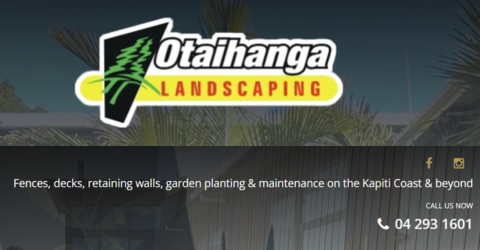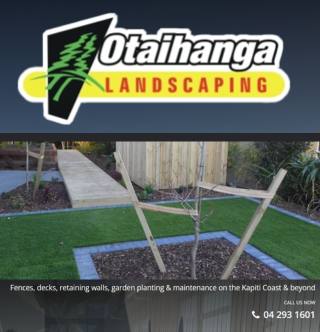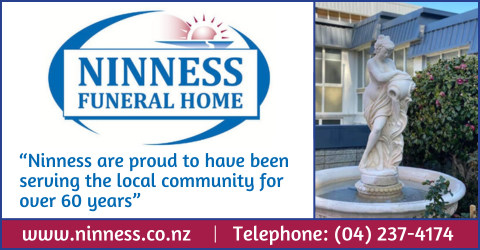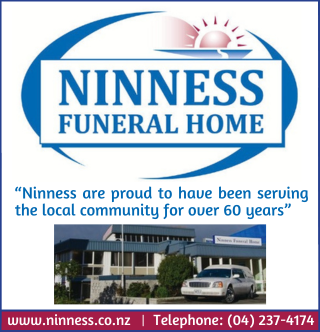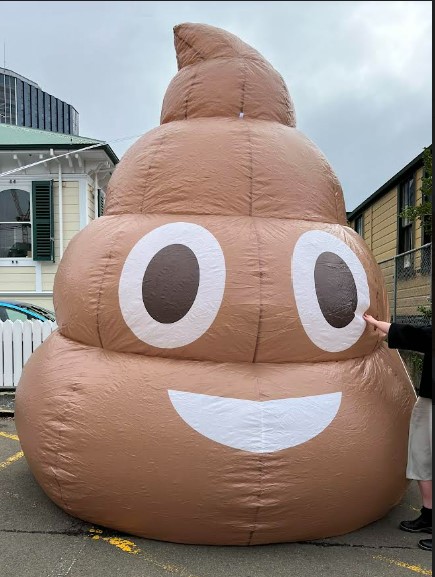
Wellington Region Emergency Management Office’s new campaign encourages residents to plan what to do when they can’t use their loo. The Wellington region is crossed by many active faults. A large earthquake on the Wellington Fault would result in considerable damage and lengthy outages to the wastewater system in the region. Lifeline Utilities Coordinator for the Wellington Region Emergency Management Group, Richard Mowll says people may be unable to flush their toilets for one to three months following a large earthquake, and should be prepared to store their own waste for at least 30 days. “The 2011 Christchurch earthquake highlighted the vulnerability of sewerage systems to disruption during an earthquake. It showed how vital it is that we plan for this and that communities are prepared to manage their own wee and poo following a large earthquake,” Mowll says.
An emergency sanitation plan was collaboratively developed by the region’s nine councils, Massey University, WREMO, Wellington Water, Health and Disability representatives, Ngāti Toa, and solid waste managers. The plan aims to encourage communities to prepare to manage their own wee and poo in an emergency. For the Wellington region, two viable options were taken – either making a long-drop or a two-bucket toilet system – one for wee and one for poo. The plan also includes an option for those with accessibility needs or limited mobility. “We wanted to offer realistic and easy options for households to manage their wee and poo following a major earthquake,” Mowll says. “The options also needed to be feasible for waste management contractors, environmentally conscious, accessible and reduce the risk of public health issues.”
Part of the emergency sanitation campaign will involve a friend from Taranaki – Poo-nelope, a giant inflatable poo. Poo-nelope will be on holiday in the Greater Wellington region, out and about educating communities on how they can make an emergency toilet. You will be able to keep up to date with Poo-nelope’s holiday through her blog posts on our social media.
Dan Neely, Community Resilience and Recovery Manager for WREMO says it’s important that we learn from the Christchurch experience and educate our communities on what to expect. “We want to reach as many people as possible with this campaign. Emergency sanitation is a niche subject and not something many people think of as part of their emergency preparedness,” Neely says. The campaign is particularly unique as there are very few places across the world (if any) that have developed an emergency sanitation plan to this scale. The campaign will run until the end of May. Residents should keep an eye out for Poo-nelope who will be touring across the region.
For information on how to create an emergency toilet, visit: www.wremo.nz/emergency-toilets








